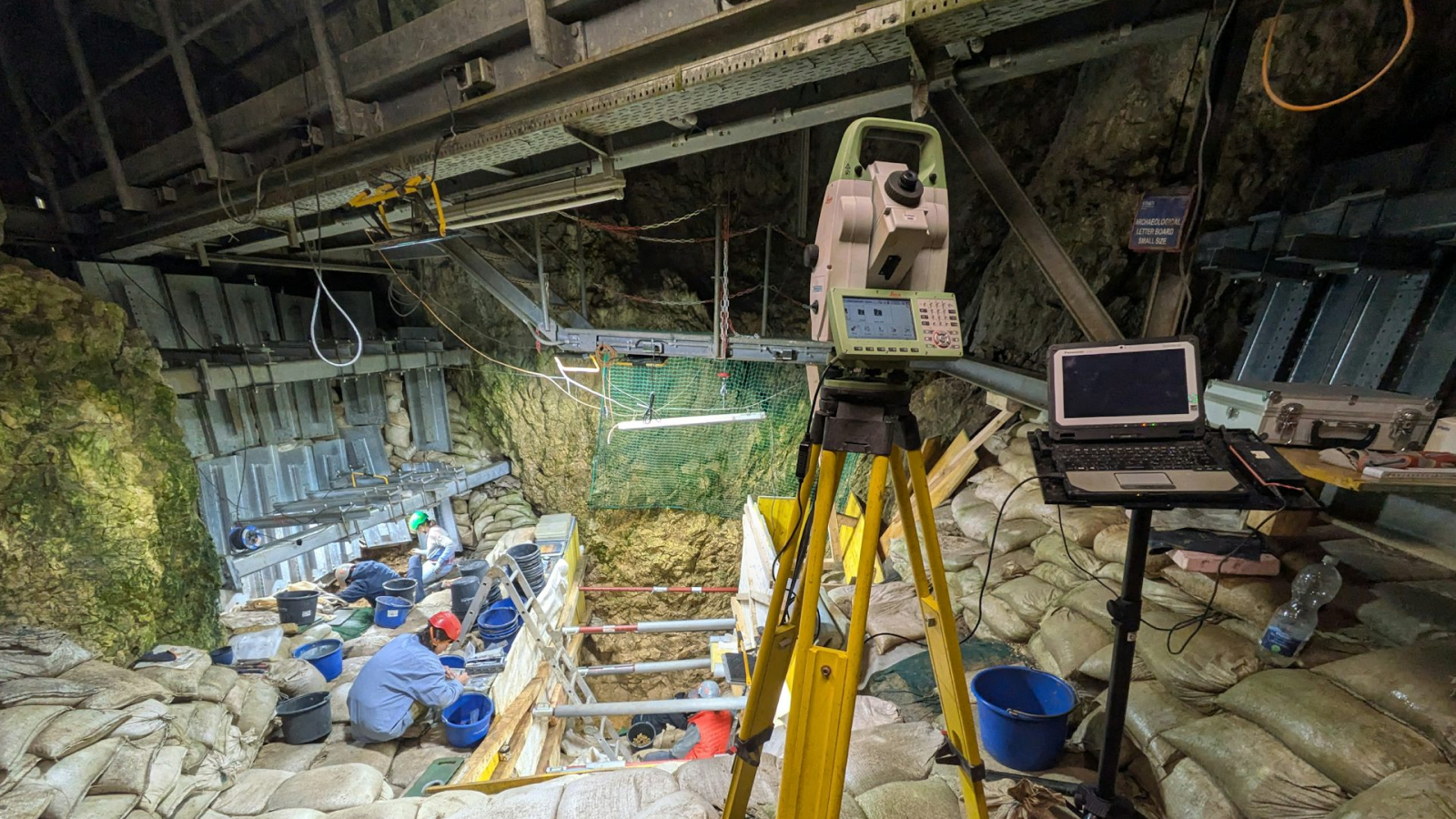Monkeypox may present with unusual symptoms, CDC warns
Rashes around the anus and genitals have been common.

Doctors diagnosing monkeypox should be on the lookout for symptoms that don't quite match the typical descriptions of the disease, the Centers for Disease Control and Prevention (CDC) warned June 14.
The monkeypox virus belongs to the same family and genus as the virus that causes smallpox and triggers similar, but milder, symptoms, according to the CDC. At the start of the infection, people usually develop fever, headache, muscle aches, swollen lymph nodes and fatigue. Then the characteristic rashes associated with monkeypox begin to appear. These rashes typically progress through several stages, initially looking like discolored patches of skin then raised bumps, then blisters and finally large, pus-filled pimples; eventually, these skin lesions scab over and fall off.
Historically, monkeypox rashes tend to erupt around the face and in the oral cavity, first, and then may progress to the extremities, including the palms of the hands and soles of the feet. However, some of the recent monkeypox cases in the U.S. have diverged from this pattern, the CDC reported.
Many U.S. patients' rashes have initially appeared around the genitals and anus, as well as the tissues lining the mouth. In some patients, these rashes have caused pain in the anus and rectum, rectal bleeding, painful inflammation of the rectal lining (proctitis) and the sensation of having to pass stool when the bowels are empty (tenesmus). These symptoms are not included in the typical descriptions of monkeypox.
Related: The deadliest viruses in history
In some cases, patients' rashes have either been "scattered or localized to a specific body site," apart from the face and extremities, the CDC noted. Rashes in different stages of progression have sometimes appeared alongside each other at the same body site. And the usual flu-like symptoms of fever, swollen lymph nodes and fatigue "have not always occurred before the rash if they have occurred at all."
Similarly odd presentations of monkeypox have been seen in other countries impacted by the current outbreak. "It’s now clear that there is an unusual situation, meaning even the virus is behaving unusually from how it used to behave in the past," Dr. Tedros Adhanom Ghebreyesus, the World Health Organization (WHO) Director-General, said at a briefing, according to NBC News.
Get the world’s most fascinating discoveries delivered straight to your inbox.
In general, symptoms of monkeypox infections can resemble those caused by the Varicella zoster virus, which causes chickenpox, and they can also look like certain sexually transmitted infections, such as syphilis and herpes, the CDC noted. If a patient appears to have one of these illnesses, clinicians should perform a thorough examination of the skin and mucosal tissues, including the anal, vaginal and oral tissues, to rule out monkeypox as a diagnosis.
People who develop potential symptoms of monkeypox should contact their healthcare provider, especially if they meet the following criteria:
- Have traveled to countries where monkeypox cases have been reported
- Had recent contact with a person who has a similar rash or received a diagnosis of confirmed or suspected monkeypox
- Had close or intimate in-person contact with individuals in a social network experiencing monkeypox infections
"Any person, irrespective of gender identity or sexual orientation, can acquire and spread monkeypox. In this outbreak, however, many of the reported cases in the United States are among gay, bisexual, or other men who have sex with men," the CDC noted. For this reason, the health agency has emphasized that men who have sex with men should be aware that the virus may be spreading within their social networks.
As of June 24, just over 4,100 monkeypox cases have been detected in 47 countries and territories, according to the CDC; this global case count, which is subject to change, includes both confirmed monkeypox infections and infections attributed to an Orthopoxvirus — the genus of viruses that includes monkeypox.
In the U.S., 201 such cases have been identified in 25 states and the District Of Columbia, so far, the CDC reported.
Originally published on Live Science.

Nicoletta Lanese is the health channel editor at Live Science and was previously a news editor and staff writer at the site. She holds a graduate certificate in science communication from UC Santa Cruz and degrees in neuroscience and dance from the University of Florida. Her work has appeared in The Scientist, Science News, the Mercury News, Mongabay and Stanford Medicine Magazine, among other outlets. Based in NYC, she also remains heavily involved in dance and performs in local choreographers' work.


